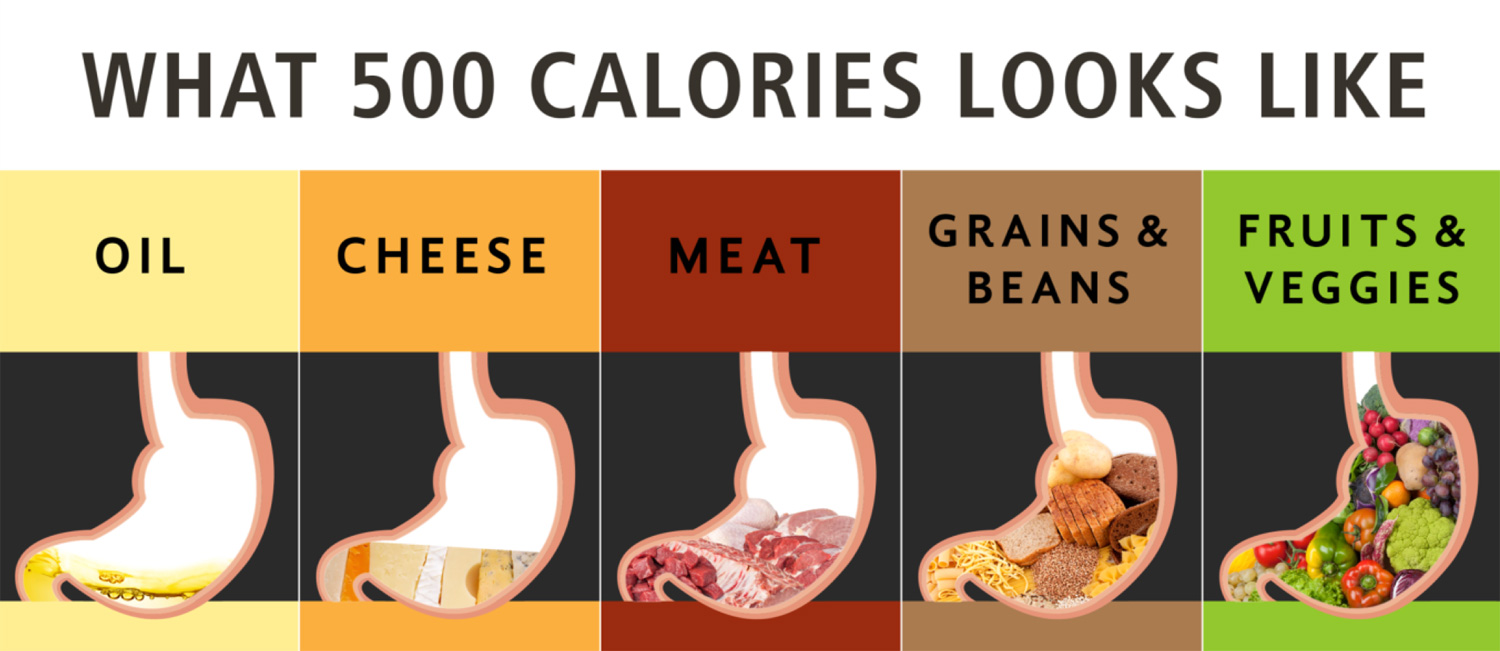
The concepts of burning fat and burning calories are closely related but distinct in the context of energy expenditure and weight management. Here’s a breakdown of the difference between the two and how they interact:
Burning Calories
- Definition: Calories are a unit of measurement for energy. When we say we are “burning calories,” it generally refers to the total amount of energy expended by the body during various activities, including exercise, daily movements, and basic metabolic functions (Basal Metabolic Rate or BMR).
- Sources of Energy: The body uses a combination of carbohydrates, fats, and, to a lesser extent, protein for energy. The proportions of each source depend on several factors, including the intensity and duration of the activity, diet, and fitness level.
- Application: To lose weight, one must create a calorie deficit, meaning they burn more calories than they consume. This can contribute to weight loss regardless of the specific source of those calories (fat, carbs, etc.).
Burning Fat
- Definition: Burning fat specifically refers to the process of using stored fat as a source of energy. This is particularly relevant in the context of weight loss, where the goal is often to reduce body fat percentage.
- Fat Oxidation: The body can predominantly burn fat during lower-intensity, longer-duration activities (like walking or light jogging), while higher-intensity activities (like sprinting) primarily use carbohydrates for fuel.
- Metabolic Adaptations: As fitness improves, the body becomes more efficient at using fat for fuel, allowing individuals to burn a greater proportion of fat relative to carbohydrates at various exercise intensities.
Key Points to Consider
- Caloric Deficit for Weight Loss: To lose weight, a caloric deficit is necessary, which will lead to the burning of both fat and glycogen stores, even if the primary focus in discussions is often on fat loss.
- Balance Between Sources: In many cases, burning calories may yield benefits for overall fat loss while maintaining or improving muscle mass, especially when engaging in strength training.
- Exercise Intensity and Duration: At lower exercise intensities, a higher percentage of the energy burned comes from fat, while at higher intensities, a larger proportion of energy comes from carbohydrates.
- Diet Impact: The types of foods consumed can also affect which energy source is used. A diet low in carbohydrates can increase fat oxidation over time as the body adapts.
In summary, while “burning calories” is a broader term encompassing all energy expenditure, “burning fat” specifically refers to utilizing fat stores for energy. For effective weight management, it’s important to consider both calorie consumption and how the body utilizes different fuel sources.